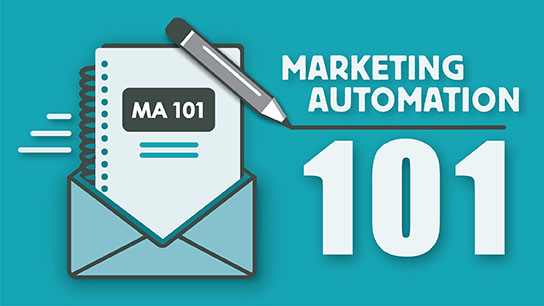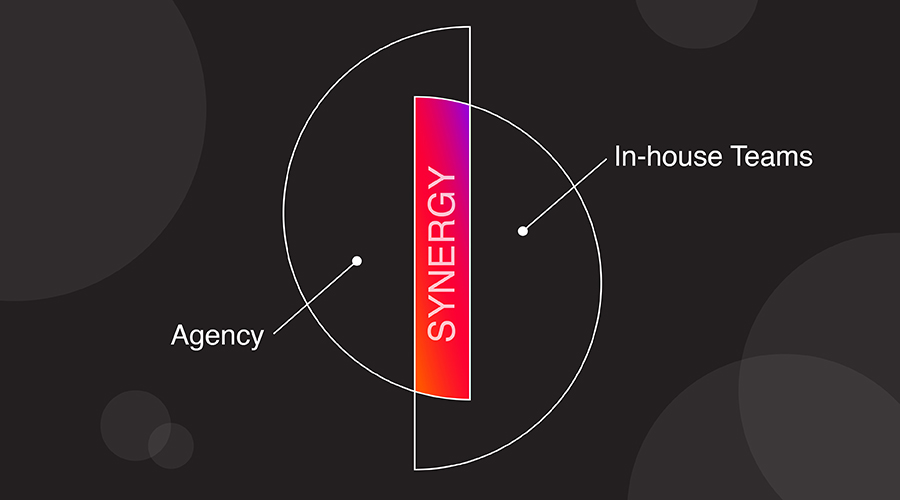Raise your hand if you’ve heard any of the following…
- Sending an email blast is the same thing as marketing automation
- Only B2C brands use marketing automation
- More is better when it comes to content
- Marketing automation is too impersonal
I’ll let you in on a secret, they’re all lies. Well kind of. There is partial truth in each, which is why these have become some of the biggest misconceptions about one of marketing’s latest buzzwords. Let’s explore the real truth behind each statement, what marketing automation really is and who uses it.
Related: Simantel Earns Gold Level Status with Oracle Eloqua
First, we need a clear understanding of what marketing automation is. If we had to sum it up in four bullets, it’d go something like this.
- Automating any online marketing effort (think of the endless possibilities)
- Customizing marketing efforts based on user behavior
- Building relationships with an online audience
- Driving and nurturing sales leads
Let’s start by clearing up the biggest myth, email marketing IS NOT marketing automation. Marketing automation in its entirety is so much more. Think of marketing automation as a whole eight week course on training your new puppy. The goal is to have a better, smarter puppy over time, right? Email marketing is just one strategy used to achieve the overall goal. It’s the treat (or tactic) used to draw behavior throughout each course. (No offense to cat lovers, they’re just too stubborn to use as an example here).
Who Uses Marketing Automation?
Another common misconception is that marketing automation is only for B2C brands. This is tied to the first misunderstanding about eBlasts. Most people only think of consumers receiving mass emails directly from a company. Advances in technology have made it easier for companies to move beyond just emailing. Brands of all types are reaching clients on a one-to-one level, and at a more efficient cost. In fact, there are 11 times more B2B organizations using it today than in 2011, according to a SiriusDecisions study.
Learn more about B2B use: Marketing Automation Stats You Need to Know
Simantel considers marketing automation as more of a B2P strategy; business-to-people. B2P marketing approaches the audience not merely as an organization, but as individual people. More and more companies are understanding the value of marketing automation every day, from small companies to Fortune 500 brands. Here is a look at types of companies using it and some real life examples.
No matter the goal, you can’t run a marketing automation campaign without content. So yes, it’s true you do need to dedicate time and money to creating content – blogs, infographics, videos, etc. But it’s not just the quantity of content, it’s also the quality. To start, you need to create killer content that your target audience wants to engage with.
The overarching goal is to cater the message to your audience. For instance, sending an email about buying dentures to a 30 year old is in no way catering content. But for a traveler to receive an “I’m sorry” email from their airline after a delayed flight is a great example of building a relationship with your customers based on an action. It’s the poor “buy these dentures” examples that lead to the next misconception.
The thought that marketing automation is impersonal is probably the most agonizing myth. This does happen, yes. But it’s not the fault of marketing automation, it’s the result of bad marketing decisions. In fact, I would argue that marketing automation is more personal than just blanketing the Internet with the same message and hoping the right person reads it. It’s about getting the right message to the right person at the right time.
Ready to Get Started
So let’s evaluate if you are ready to start a marketing automation campaign. If you can answer all the questions below then you are ready. (If not, that’s ok. We can help!)
- Marketing strategy – do you have one?
- Segmentation – are you doing it effectively?
- Content strategy – who are you reaching?
- Data management – where is your data or list held and is it up to date?
- Lead management – how are sales leads routed in your organization?
- Resources and timeline – do you have people, time, expertise and budget allocated?
Learn more about Simantel’s marketing automation services and how you can strengthen the relationship between your brand and customers.





